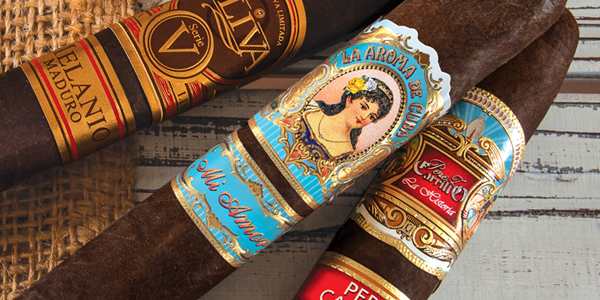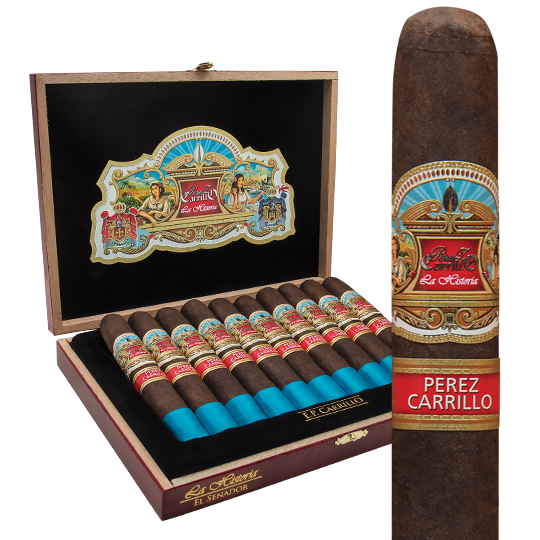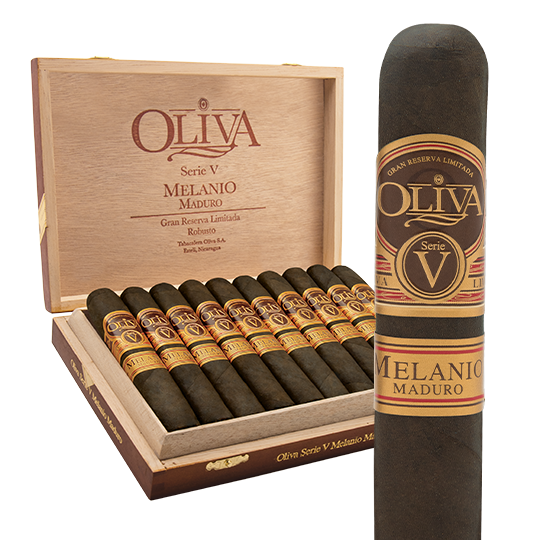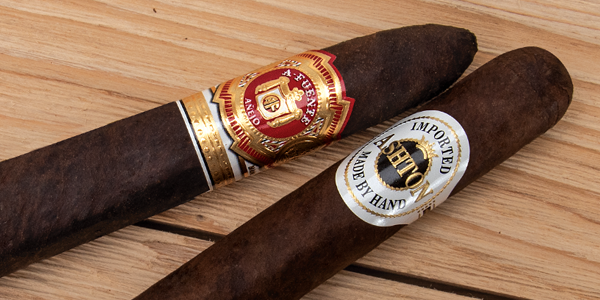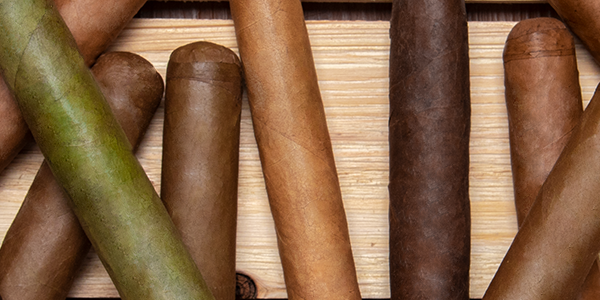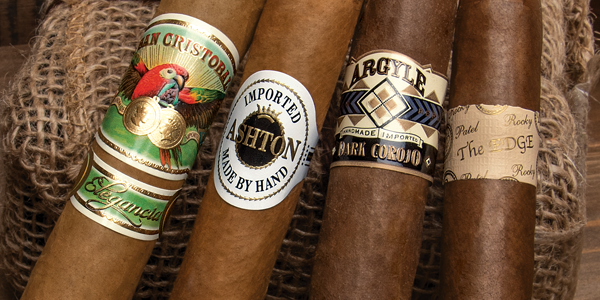All About Mexican San Andres Wrappers
If you have smoked the La Aroma de Cuba Mi Amor Belicoso – it was honored as Cigar Aficionado’s ‘#2 Cigar of the Year’ in 2011 – and if you liked it, then you like the San Andrés cigar wrapper from Mexico. The Mexican San Andrés cigar wrapper has been around a long time, but it hasn’t always had great popularity.
History of the Mexican San Andrés Cigar Wrapper
As we know, the Mayans are credited with having created the first very rustic cigar. So, it should be no surprise that the area of today’s Veracruz was inhabited by Mayans, among other peoples, during the pre-Hispanic period. Ancient carvings on Mayan monuments show the gods smoking cigars and big clouds of smoke. Cigars in those days were used mostly in religious ceremonies.
Birth from Upheaval
The modern tobacco culture in Veracruz really grew out of three revolutions, but it began early in the 19th century, perhaps as early as 1830, when Cuban and German immigrants arrived and decided they could grow tobacco there.
In 1880, Cuban tobacco grower Alberto Turrent left his native island and moved to Mexico’s San Andrés Valley in Veracruz, the eastern side of the country on the Gulf of Mexico. He had Cuban tobacco seeds with him. The soil there is volcanic and dense. It’s extremely humid. All this contributes to the unique flavor of the San Andrés cigar wrapper. Turrent’s early adventures resulted in the production of the Te-Amo brand, perhaps the most well-known Mexican cigar. The San Andrés wrapper, however, gradually became popular on many other cigars. Before all that happened, the cigar industry in Veracruz was heavily affected by political upheaval and revolutions not only in Mexico, but in Cuba and Indonesia.
In 1910, the Mexican revolution’s land reform policies and expropriations broke up the big cigar estates in the area. In Indonesia, gaining independence from the Netherlands in 1949 sent Dutch cigar makers in search of other sources of tobacco and they found the San Andrés Valley.
The Dutch had Sumatra tobacco seeds with them, but they never planted them commercially. In fact, they just left and left the Sumatra seeds behind. The Sumatra seeds were planted by the Mexican growers and created a varietal called Mexican-Sumatra, used in some Mexican-made cigars.
Finally, the Cuban revolution of Fidel Castro sent Cuban cigar experts to disparate parts of the world, including Veracruz where they helped Mexicans make a cigar that would appeal to the U.S. market. In 1962, the Cuban embargo created a need for a new source of tobacco. Cigar makers looked everywhere and San Andrés tobacco finally got some recognition.
“That was when the United States discovered the San Andrés Valley,” Jorge Ortiz Alvarez, the general manager of Tabacos Santa Clara, makers of the Santa Clara 1830 and Aromas de San Andrés brands, told Cigar Aficionado. “That was in the late '60s, and it changed things greatly here. We started to choose tobacco differently; we made changes to meet a market that was more demanding. We learned a lot from the Cubans who fled the Castro Revolution. A lot of them came to Veracruz and they helped change the way we presented cigars to the world.”
Stalk Cut
It’s worth mentioning that San Andrés tobacco is stalk-cut, just like Connecticut Broadleaf. What does this mean? Instead of the tobacco leaves being picked off the plant two or three at a time (primed), in the stalk-cutting process, the entire plant is cut and then allowed to wilt. They are then prepared to hang upside down in curing barns. The curing for San Andrés is longer than for the primed tobacco leaves. Why is this significant to you? Well, stalk-cut tobaccos tend to have an earthier flavor than primed tobacco. That is certainly true and you can detect the distinctive flavors of San Andrés tobacco, especially in the wrappers used in great cigars.
San Andrés Cigar Wrapper Flavor
San Andrés cigar wrappers are hearty, naturally dark and the leaf lends itself tremendously well to the longer-aged Maduro-wrapped cigars. These cigars represent common flavor characteristics of the San Andrés cigar wrapper leaf.
As we mentioned, La Aroma de Cuba Mi Amor Belicoso, 5.5 x 54 (about $8-9.00) was awarded the ‘#2 Cigar of the Year’ in 2011. It scored a 95-point rating. It’s a medium-full smoke, this cigar is made with Nicaraguan filler and binder and is made by the Garcia family’s factory in Nicaragua. The San Andrés cigar wrapper is aged to a chocolate color and merges beautifully to create a taste that conveys notes of almond, dark cocoa, spices and black pepper, with just a little black cherry thrown in. The finish is distinctively sweet.
In 2014, E.P. Carrillo La Historia also scored ‘#2 Cigar of the Year’ honors with a San Andrés wrapper. The Dona Elena, a Toro, 6.125 x 50 (about $11.00), is a great example of the wrapper’s qualities. This is a medium-full Maduro cigar with filler from Ecuador, Nicaragua, and the Dominican Republic. The San Andrés wrapper contributes mightily to the woody, rich and sweet flavors.
For a full-bodied cigar, La Flor Dominicana La Volcada Churchill, 7 x 48 (about $12.00) is made from an oily San Andrés wrapper and a complex mix of long-fillers from Ecuador and the Dominican Republic. There’s pepper, espresso, molasses, leather and a lot of earthiness in this cigar that is beautifully balanced to deliver a very satisfying experience.
Oliva Serie V Melanio Maduro and Oliva Serie V Maduro are both blended with San Andrés wrappers. Each is an extension of the brand’s most popular cigars, the original 96-rated Oliva Serie V Melanio and the 95-rated Oliva Serie V. Earthy, spicy, and refined tasting notes reveal a touch of sweetness.
Finally, if you want to try an all-Mexican cigar, you don’t have to spend a ton. Rocky Patel Mulligans Eagle Reserve is drafted with a hearty, nutty San Andrés wrapper leaf that starts at $2.24 per cigar. It’s medium-bodied and packaged in economical bundles of 20 cigars.
Or, try the A. Turrent Puros San Andrés in a Churchill or Churchill Maduro, 7 x 50 (about $40-45 for a bundle of 20). You’ll be pleased at the complexity in this cigar made by the company of one of the original growers of San Andrés cigar wrapper and long considered makers of the best Mexican cigars. You’ll pick up common notes of espresso, earth, and black cherry, as well as a little charred hickory.

